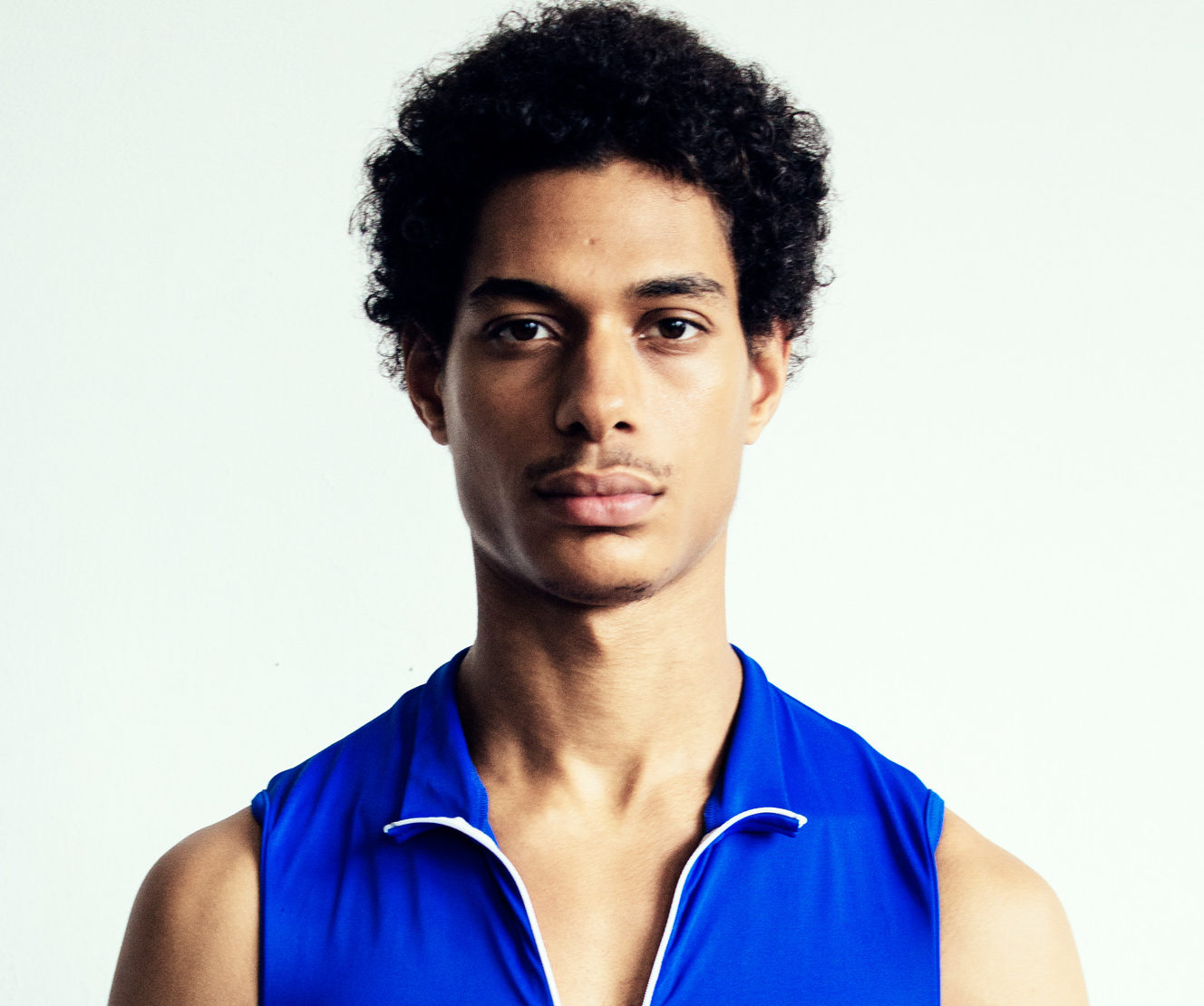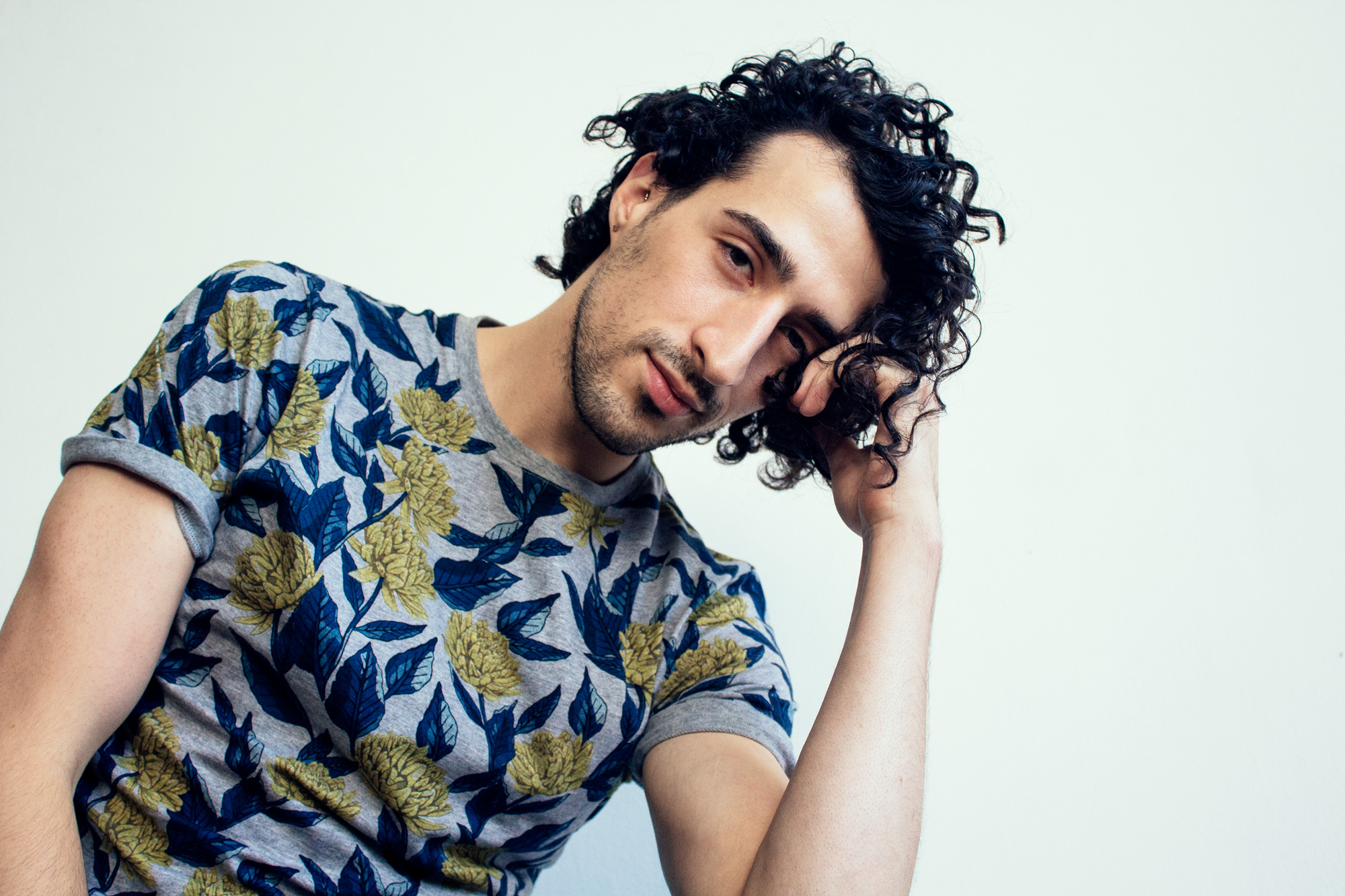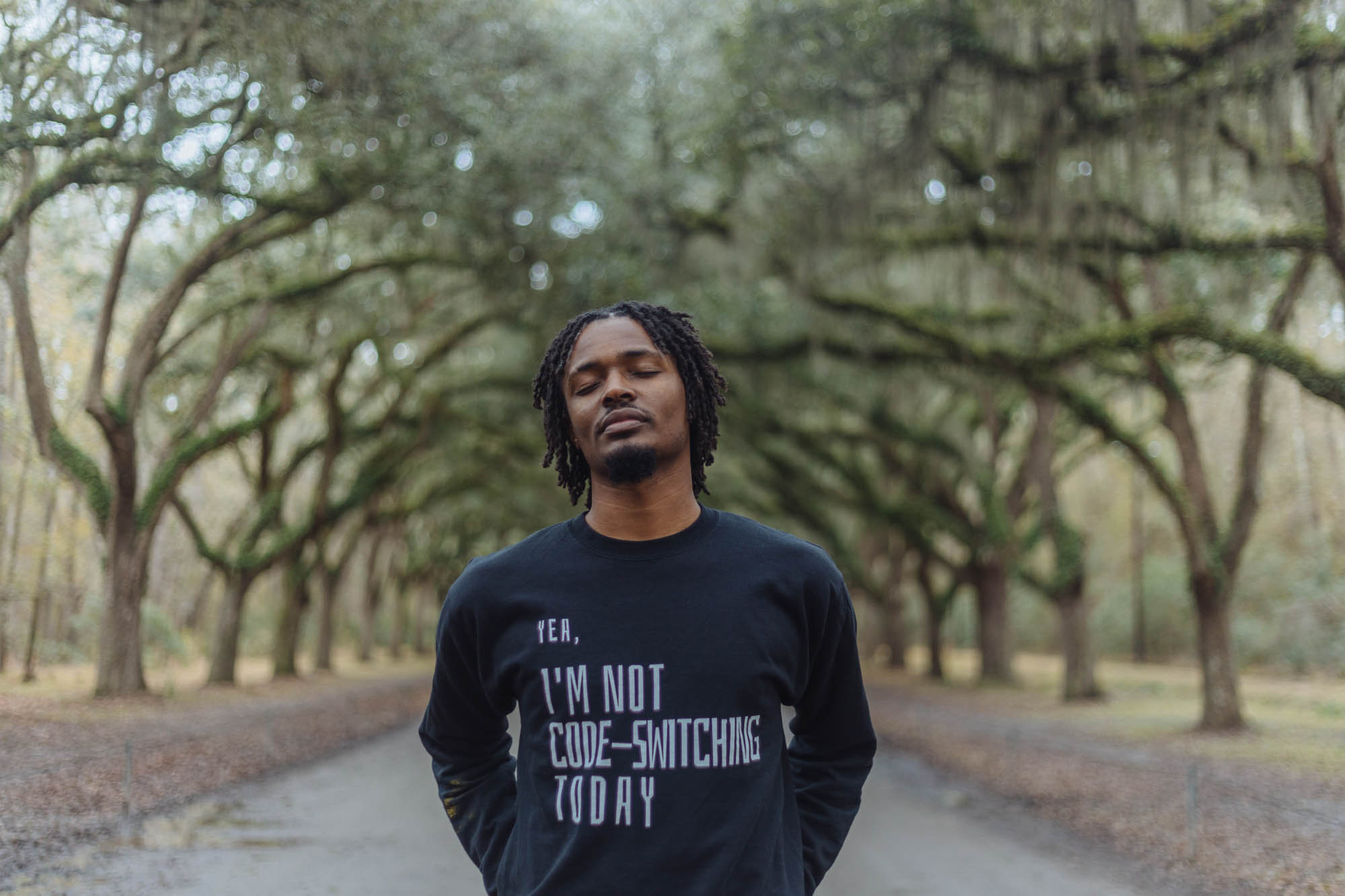
Shatavia’s Class
11th and 12th Grade History
North Star College Preparatory High School in Newark, NJ
If you close your eyes in Art Worrell’s classroom and listen to his students discuss history, you’d never know you were in a high school classroom.
You probably wouldn’t guess that it’s a high school classroom where many of the students will be the first in their families to attend college, either. These young people could easily step into a college history course right now and excel.
But for Shatavia Knight, Mr. Worrell’s AP U.S. History class is about more than just being ready for college. For her, understanding history is about understanding the world she lives in—and preparing her to change that world.
“A lot of the things we talk about within this current time period happened as a result of history,” says Shatavia, 18. “We already know about racism, so now we need to know about the Civil Rights Movement, the Black Panthers. When you know history, you know why things are the way they are today.”
When you know history, you know why things are the way they are today.
– SHATAVIA KNIGHT, 18
As far as her teacher is concerned, using history to turn his students into writers, readers, and thinkers who are ready not just to succeed in college, but also to become leaders and change agents, is exactly the goal.
 “I WANT TO KNOW…”
“I WANT TO KNOW…”
If you close your eyes in Art Worrell’s classroom and listen to his students discuss history, you’d never know you were in a high school classroom.
You probably wouldn’t guess that it’s a high school classroom where many of the students will be the first in their families to attend college, either. These young people could easily step into a college history course right now and excel.
But for Shatavia Knight, Mr. Worrell’s AP U.S. History class is about more than just being ready for college. For her, understanding history is about understanding the world she lives in—and preparing her to change that world.
“A lot of the things we talk about within this current time period happened as a result of history,” says Shatavia, 18. “We already know about racism, so now we need to know about the Civil Rights Movement, the Black Panthers. When you know history, you know why things are the way they are today.”
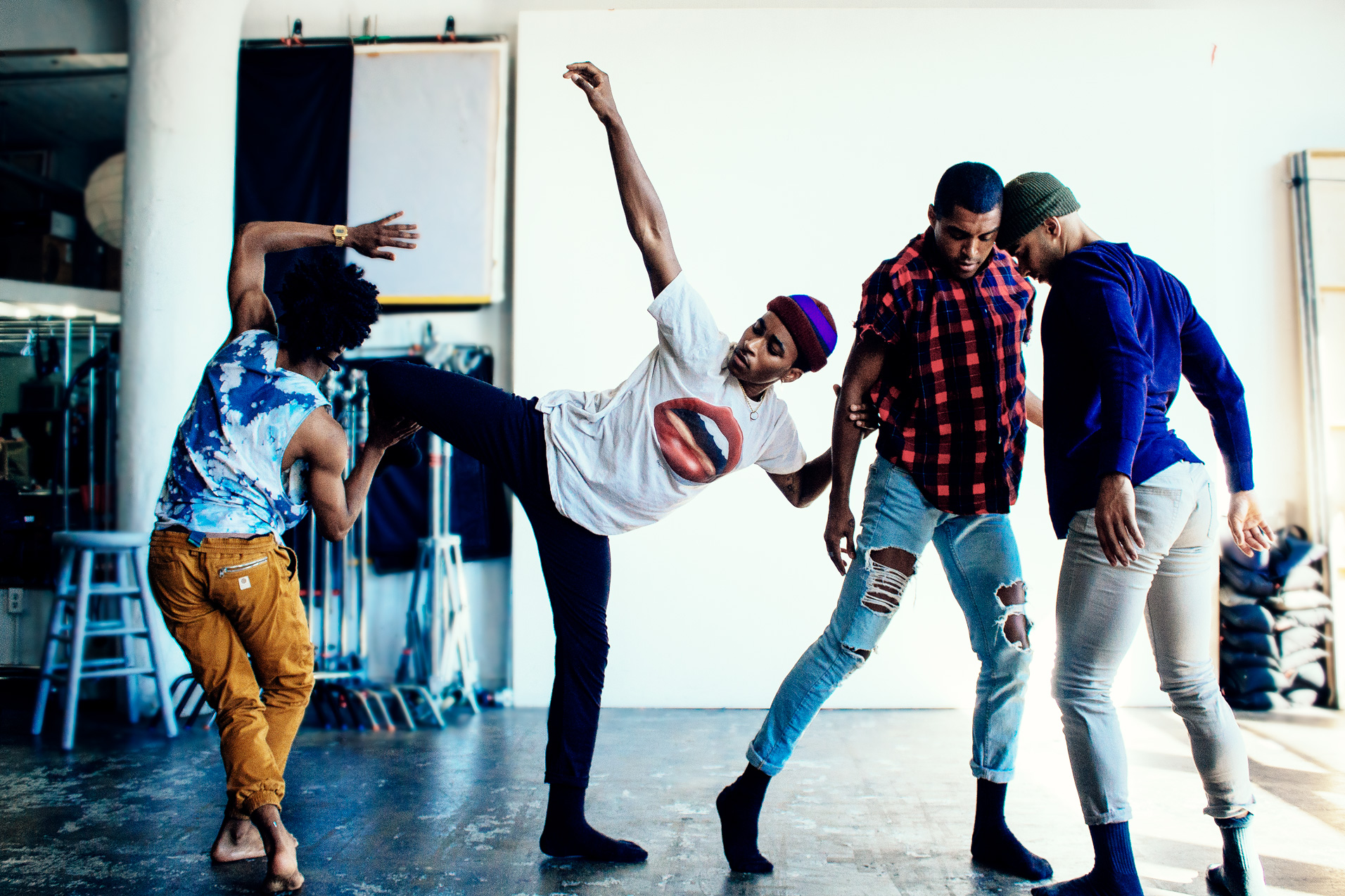
In Mr. Worrell’s first period AP U.S. History class, his students have already tackled college applications. But as spring of their senior year settles in around them, no one here is slacking off. Today, they’re starting a new unit on Nixon’s domestic policies in the 1970s. They kick off by generating questions they want to answer in this unit.
“I’d like to know if Cold War tensions escalated in the 1970s,” muses Michelle Veras, 17.
“Absolutely,” says Mr. Worrell. “We will be looking at detente and Nixon’s Cold War policies. That’s going to be a huge question looming over the country.”
“I want to know how Nixon’s Watergate scandal and almost impeachment affects America and American pride,” says Shatavia.
 THINK LIKE HISTORIANS
THINK LIKE HISTORIANS
If you close your eyes in Art Worrell’s classroom and listen to his students discuss history, you’d never know you were in a high school classroom.
You probably wouldn’t guess that it’s a high school classroom where many of the students will be the first in their families to attend college, either. These young people could easily step into a college history course right now and excel.
But for Shatavia Knight, Mr. Worrell’s AP U.S. History class is about more than just being ready for college. For her, understanding history is about understanding the world she lives in—and preparing her to change that world.
“A lot of the things we talk about within this current time period happened as a result of history,” says Shatavia, 18. “We already know about racism, so now we need to know about the Civil Rights Movement, the Black Panthers. When you know history, you know why things are the way they are today.”
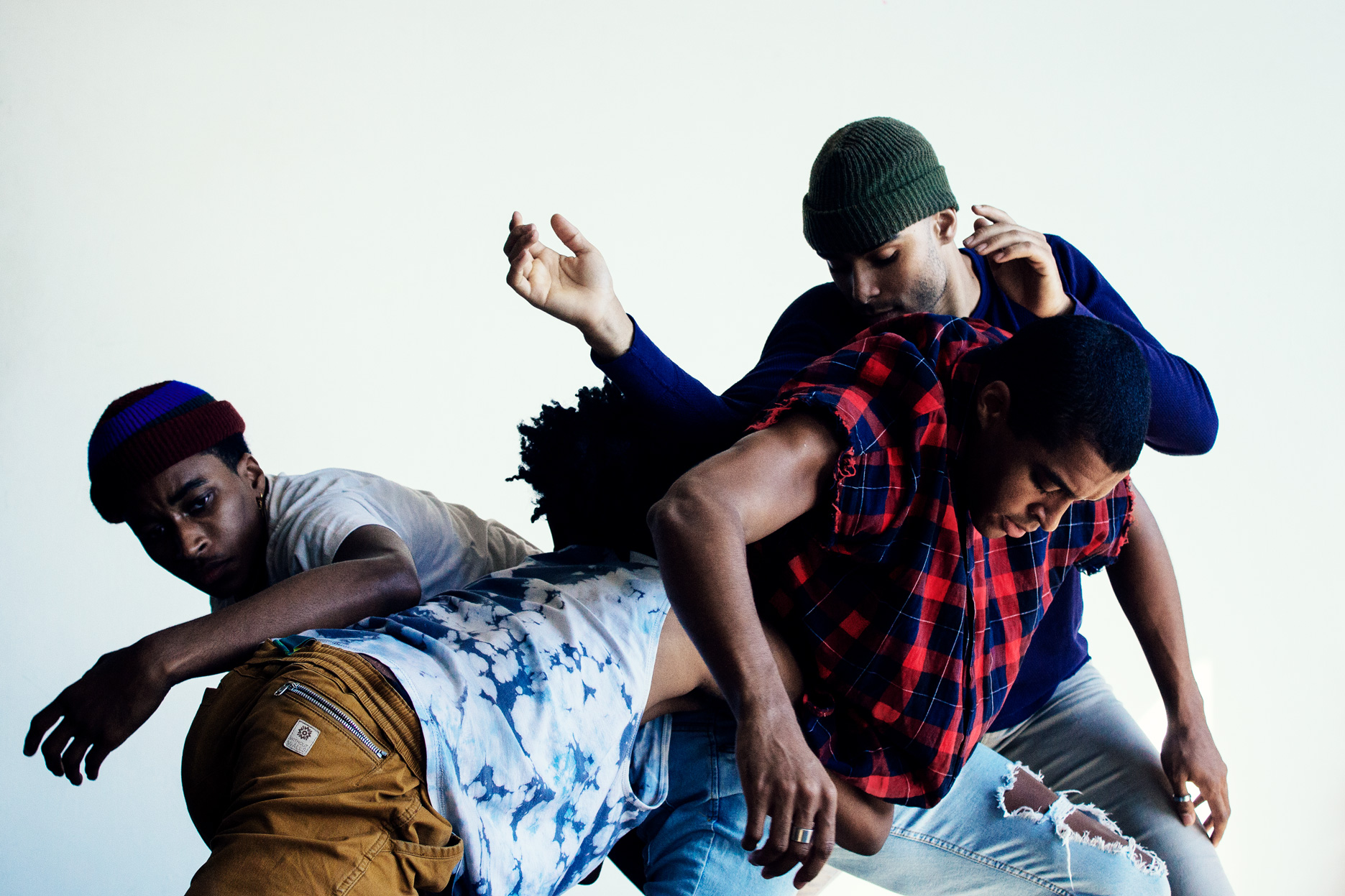
If you close your eyes in Art Worrell’s classroom and listen to his students discuss history, you’d never know you were in a high school classroom.
You probably wouldn’t guess that it’s a high school classroom where many of the students will be the first in their families to attend college, either. These young people could easily step into a college history course right now and excel.
But for Shatavia Knight, Mr. Worrell’s AP U.S. History class is about more than just being ready for college. For her, understanding history is about understanding the world she lives in—and preparing her to change that world.
“A lot of the things we talk about within this current time period happened as a result of history,” says Shatavia, 18. “We already know about racism, so now we need to know about the Civil Rights Movement, the Black Panthers. When you know history, you know why things are the way they are today.”
It’s about giving them the tools to become critical thinkers, to be socially aware, to have a certain level of consciousness about themselves, their own identity, this country, its history, the way it is, and what it could be.
In service of that, students need to be able to think and write like historians.
– ART WORRELL
 THE FREEDOM TO CHOOSE
THE FREEDOM TO CHOOSE
If you close your eyes in Art Worrell’s classroom and listen to his students discuss history, you’d never know you were in a high school classroom.
You probably wouldn’t guess that it’s a high school classroom where many of the students will be the first in their families to attend college, either. These young people could easily step into a college history course right now and excel.
But for Shatavia Knight, Mr. Worrell’s AP U.S. History class is about more than just being ready for college. For her, understanding history is about understanding the world she lives in—and preparing her to change that world.
“A lot of the things we talk about within this current time period happened as a result of history,” says Shatavia, 18. “We already know about racism, so now we need to know about the Civil Rights Movement, the Black Panthers. When you know history, you know why things are the way they are today.”
What [my parents] wanted for me was the freedom of choice. That’s something that’s very limited to people of color or people of low income—the freedom to choose what you want to do, rather than being forced to settle for things you have to do.
– HIMAAYAH AGWEDICHAM, 17
Her classmates understand. Michelle says her mother, who emigrated from Ecuador, has “always had this American dream, but her American dream is not a house and a dog and a fence. It’s of higher education being accessible and attainable for her children. I’m fulfilling that dream.”
Kristie, also 17, comes from a family of women, she explains, and her mother and grandmother both had to sacrifice their own educations to care for their families.
“My mother was a straight-A student in high school, but her father prohibited her from going to college in order for her to get married to my father. She’s always instilled in us that you don’t have to give up something in order to be something else.”
When you know history, you know why things are the way they are today.
– SHATAVIA KNIGHT, 18
 READY TO LEARN
READY TO LEARN
What [my parents] wanted for me was the freedom of choice. That’s something that’s very limited to people of color or people of low income—the freedom to choose what you want to do, rather than being forced to settle for things you have to do.
– HIMAAYAH AGWEDICHAM, 17
Her classmates understand. Michelle says her mother, who emigrated from Ecuador, has “always had this American dream, but her American dream is not a house and a dog and a fence. It’s of higher education being accessible and attainable for her children. I’m fulfilling that dream.”
Kristie, also 17, comes from a family of women, she explains, and her mother and grandmother both had to sacrifice their own educations to care for their families.
“My mother was a straight-A student in high school, but her father prohibited her from going to college in order for her to get married to my father. She’s always instilled in us that you don’t have to give up something in order to be something else.”

